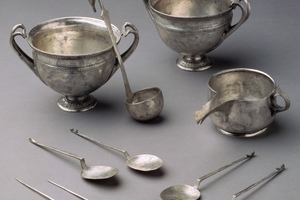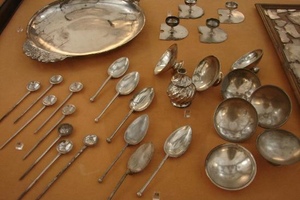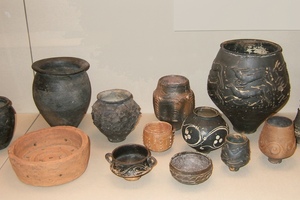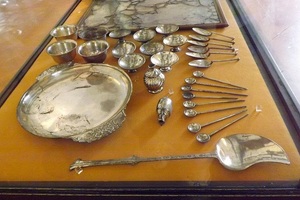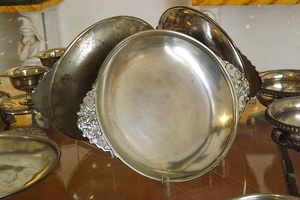Household Utensils
Utensilia (Latin: utensilia) is a collective term for household and kitchen utensils in ancient Rome. It encompasses everything from dishes to implements, testifying to an impressively advanced level of technical skills and aesthetic taste at that time. Alongside archaeological finds, images on frescoes and mosaics, as well as entries in literary and historical sources, utensilia provide us with a unique glimpse into the lifestyle and culture of ancient Romans.
Materials and Technologies The utensils of ancient Romans were made from various materials, including clay, bronze, silver and even gold, depending on the economic status of the owner. Clayware was most common, while bronze and silver items were part of the lifestyle of wealthy Romans.
Craftsmen of the time used various methods of manufacture, including casting, forging, firing and pottery. The quality of craftsmanship was excellent, and some of these techniques are still in use today.
Dishes for Eating and Drinking One of the main components of utensilia was dishes for eating and drinking. This included plates (Latin: patella or patina), bowls (Latin: patera), jugs (Latin: amphora), and wine goblets (Latin: calix). This tableware was often decorated with engravings or reliefs depicting mythological scenes, gods, heroes and even everyday life.
Kitchen Tools Roman kitchens were equipped with a wide range of tools, including knives, forks, spoons, bowls, sieves, and even grills for cooking. Although forks were not a common utensil, as in the modern kitchen, they were used for serving food and cooking.
Storage Utensils Preservation and storage of food was an important part of Roman lifestyle, and amphoras and storage urns were used for this purpose. Amphoras were used for storing and transporting wine, oil, grain, as well as other products.
Utensilia includes such household items as:
Flask Calix Plates Amphora Fork Spoon Knives Situla Kettle Patera Frixorium Lamp
Utensilia testify to the complex and developed culture of ancient Rome, demonstrating the variety and quality of items used in everyday life. Studying these items gives us valuable understanding of the life, culture, and technologies of this amazing civilization.
Related topics
Ancient military campaigns, Men's clothing in Ancient Rome, Calix

 Gallery
Gallery






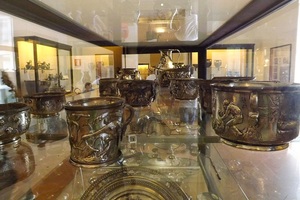 Antique silverware from the house of Meneander, Pompeii. National Archaeological Museum of Naples. 1st century AD
Antique silverware from the house of Meneander, Pompeii. National Archaeological Museum of Naples. 1st century AD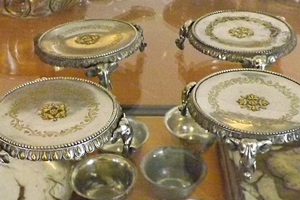 Antique silverware from the house of Meneander, Pompeii. National Archaeological Museum of Naples. 1st century AD
Antique silverware from the house of Meneander, Pompeii. National Archaeological Museum of Naples. 1st century AD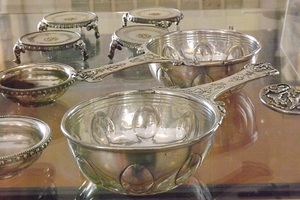 Antique silverware from the house of Meneander, Pompeii. National Archaeological Museum of Naples. 1st century AD
Antique silverware from the house of Meneander, Pompeii. National Archaeological Museum of Naples. 1st century AD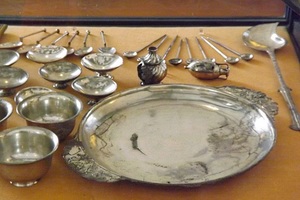 Antique silverware from the house of Meneander, Pompeii. National Archaeological Museum of Naples. 1st century AD
Antique silverware from the house of Meneander, Pompeii. National Archaeological Museum of Naples. 1st century AD